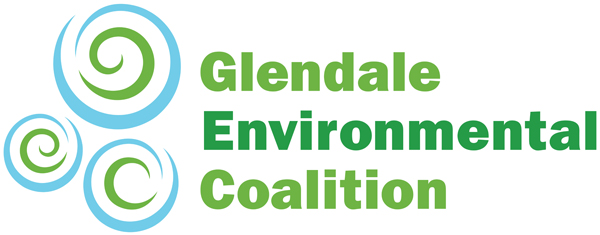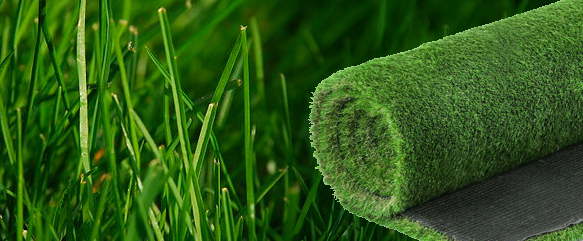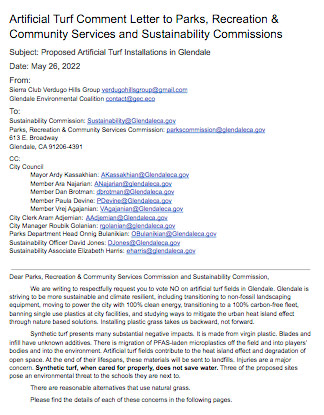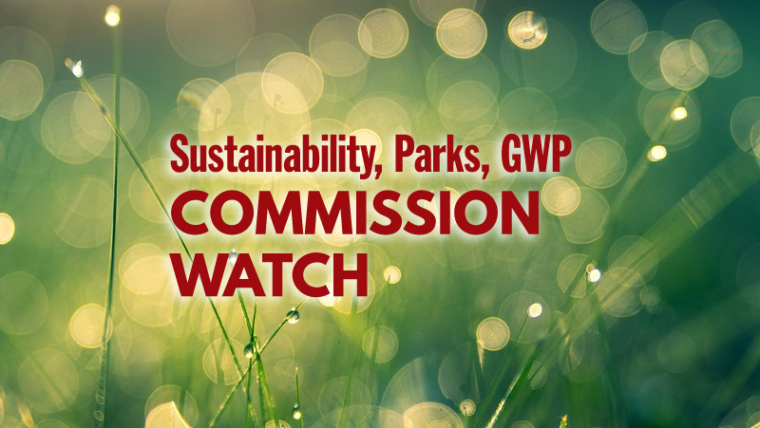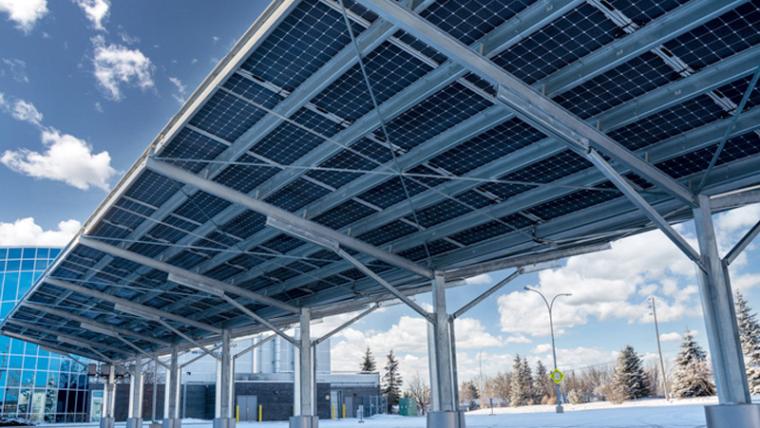Artificial Turf is returning to the Parks Commission and the Sustainability Commission at a joint meeting on Thursday, June 2 at 5:45 pm.
At this meeting, the commissioners will hear a “triple bottom line” Life Cycle Analysis from Citadel EHS, which was commissioned by the City of Glendale after the Parks Commission voted 3 to 2 in favor of natural grass alternatives for Glendale sports fields in 2021. GEC and our local Sierra Club Angeles chapter are joining together to once again ask our commissioners to vote NO on using artificial turf for new sports fields at Cerritos Elementary, Sports Complex, Wilson Middle School, Pacific Park and Fremont Park.
We hope you will call in or email the commissioners to ask them to recommend natural grass, not plastic grass
Glendale is striving to be more sustainable and climate resilient, including transitioning to landscaping equipment not powered by fossil fuel, seeking ways to power the city with 100% clean energy, transitioning to a 100% carbon-free vehicle fleet including buses, street sweepers, police vehicles, etc., banning single-use plastics at city facilities, and studying ways to mitigate the urban heat island effect through nature based solutions. Installing plastic grass takes us backward, not forward.
Synthetic turf presents many substantial negative impacts.
- It is made from virgin plastic with blades and infill that have unknown additives.
- There is migration of PFAS-laden microplastics off the field and into players’ bodies and into the environment.
- Plastic grass is 40-70 degrees hotter than surrounding air temperatures on warm, sunny days. It can get superheated to temperatures from 120 to 180 degrees F. and melt shoes, blister hands and feet, and induce dehydration and heatstroke.
- Artificial turf greatly contributes to the heat island effect and degradation of open space, increasing temperatures for the immediate area and the surrounding neighborhood by several degrees.
- Injuries, including turf burns, are a major concern.
- It limits access to nature for the community. as well as birds and other wildlife.
- At the end of their lifespans, these materials will be sent to landfills.
- Synthetic turf, when cared for properly, does not save water. When not cared for properly, it requires faster replacement, costing hundreds of thousands of dollars.
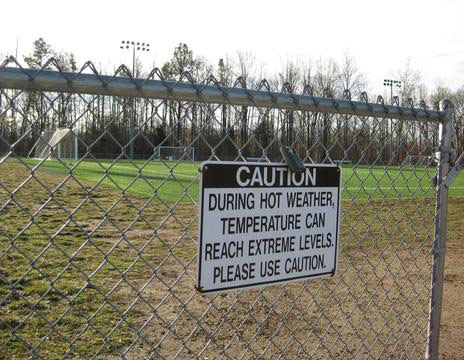
In four instances, these are spaces shared with school children and/or park visitors. These sites are in or next to South Glendale, in high pollution burden areas of our city that suffer from a severe lack of green space, with area temperatures several degrees hotter than North Glendale. At Fremont Park, the proposed artificial turf field would remove one third of the open green space. Two of the proposed sites are school campuses with mostly impervious surfaces, where the primary green space IS the grass sports field. Excessive heat is a particular risk for young children. Children (and staff) at these schools do not deserve to be burdened with additional heat and health impacts. They deserve their campuses to be greener.
There are reasonable alternatives that use natural grass.
Click here to see the letter GEC and the Sierra Club, Verdugo Hills Group sent to the Parks Commission and the Sustainability Commission. Click here for supporting links.
We have also studied each site for current pollution statistics. We have looked at the heat island effects in each site. Click here to see that research.
TAKE ACTION by calling in with a comment during the commission meeting on Thursday, June 2 at 5:45 PM or sending an email ahead of the meeting.
Watch here: https://www.youtube.com/myglendale
Call in with your comment: (818) 937-8100
When? Towards the conclusion of item 3a, (Synthetic Turf/Grass Life Cycle Analysis). Turn your video volume off to prevent an echo. Note: youtube channel is approx. 30 seconds delayed.
Write to the commissioners ahead of the meeting:
Sustainability@Glendaleca.gov
parkscommission@glendaleca.gov
Please CC GEC: contact@gec.eco
While the Parks department may still request council to approve the artificial turf projects no matter the recommendations from the Parks & Sustainability Commissioners, your calls and emails will be noted.
“…plastic grass carpet generate massive heat islands larger than their actual size. A regulation sized field is about 80k square feet, or 2 acres, comprising approximately 800,000,000 plastic blades per field. Both the field surface and the surface of each blade reflect heat, triggering visible waves of heat rising and spilling into adjoining areas like schools or spectator stands. The entire surface area of heated plastic constantly off-gasses both methane and ethylene. These greenhouse-gases are highly toxic chemicals that everyone on and near the field children, athletes and bystanders will constantly inhale. They are released in increasing volume as the blades break down from UV light, weather, age and grinding action during play. The off gassing continues even at night and will continue for the hundreds of years it takes for these materials to decompose. Choosing to install plastic synthetic turf is choosing to promote climate change.” – Safe Health Playing Fields (open letter)
Discover more from Glendale Environmental Coalition
Subscribe to get the latest posts sent to your email.
